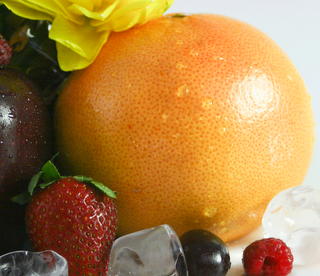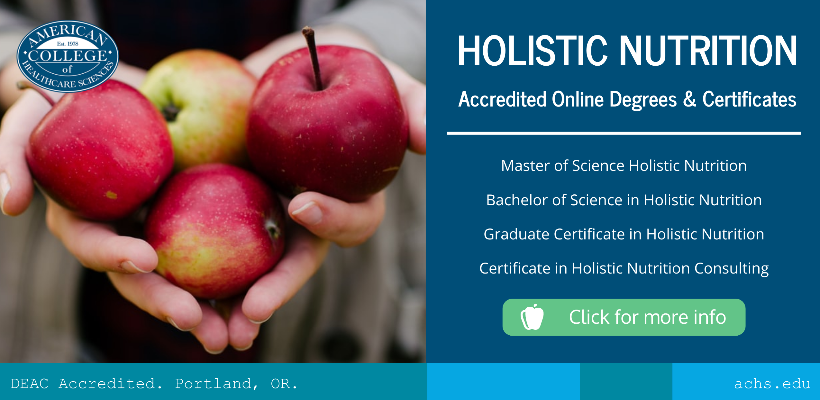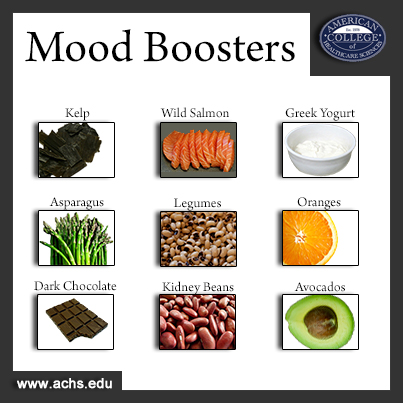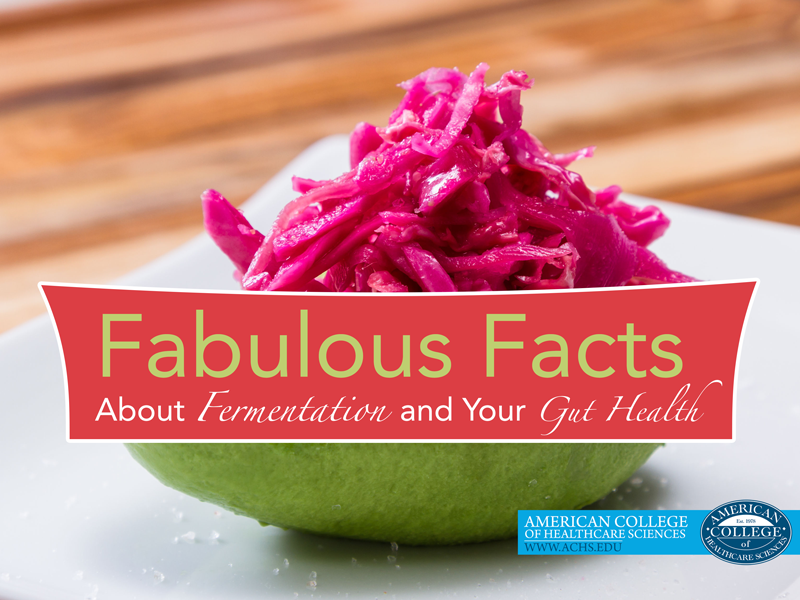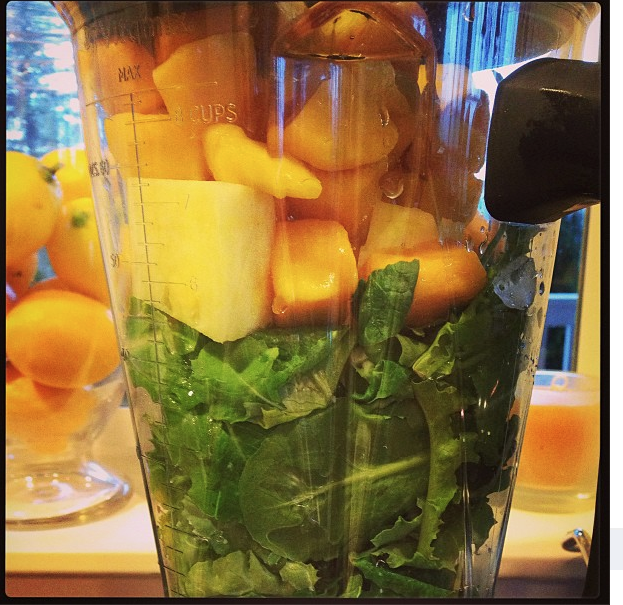There are definitely "magic" foods that will make you put on weight if you eat them every day, but are there magic foods that we can eat all day and lose weight? So far I haven't found any... But there are some foods that are relatively low in calories yet have high nutritive value because they may be high in fiber, phytonutrients (such as antioxidants), or high in protein. These are foods to keep handy in the pantry, refrigerator, or garden and eat daily. Train your family – particularly children – to snack on these top ten foods rather than chips and sodas and other processed foods that are often featured heavily in the Standard American Diet (SAD for short) and you’ll be ahead of the nutrition curve before you know it!
To pick the top ten high-fiber, low-calorie foods for this list, I looked at nutritional value, energy density[1], and volume. I want to focus on foods that provide a lot of bang for the buck (i.e., keep us full and have high nutritional value with fewer calories than other choices).
Fruits and vegetables with lots of water are often lower energy density[2], but my primary criteria for this list is fiber. Why? Fiber is critical. Remember your grandmother telling you to eat more “roughage?” Well she was right! We need at least 25 grams a day, and ideally 35 grams a day, for a healthy bowel. I think the correlation between high-fiber diets and lower cancer rates is not just from fiber but from syngergistic results of higher intake of fruits and vegetables (since the ideal high fiber diet is high in fruits and vegetables) and because fruits and vegetables provide prebiotic fiber that feeds the probiotics [aka the good bugs] in your gut. These little beauties are essential for all sorts of functions [and deserve a few more blog posts on their own!]. Fruits and vegetables are also high in antioxidants and other phytonutrients, hence the synergy. For this reason, I don't like relying on fiber supplements or processed foods that have fiber added: Instead, get your fiber from the places mother nature put it - in fruit and vegetables! I also think isolating fiber from the source explains why there are some research papers that show adding fiber doesn't always lower cancer rates, but that is a story for another blog post.
Anyway, back to the point: Few Americans get enough fiber, probably in part due to the reliance of the Standard American Diet on fiber deficient processed foods rather than real food. An International Food Information Council survey of 1,000 people found that 72 percent of North Americans reported that they were trying to consume more fiber[3].
So here is my current top ten list of high-fiber, low-calorie foods. I've updated the list for 2016 to remove grain based products and focus instead of fruits and vegetables, which I believe are a much healthier way to get your fiber:
-
Raspberries rank as one of the highest high-fiber, low-calorie foods, at 8.0 grams of fiber and just 64 calories per serving (1 cup) (1 calorie per raspberry!)[4]. They are delicious and we can grow our own here in Oregon! Yay, because they are #23 on the EWG Dirty Dozen for 2016.[5] Boo! They also don't transport well, so growing your own avoids that dissapointment of spending $5 on a punnet of organic raspberries and finding half of them moldy. Just a few raspberry canes will multiply over several years and you'll find yourself with more fruit that you can use!
-
Pears have about 5.1 grams of fiber and only 51 calories for a medium sized pear[6]. They are easy to pack in a lunch and store well. They are also easy to grow here in Oregon. (And we generously ship Organic Oregon pears around the world!)
-
Apples provide about 4.4 grams of fiber at roughly 55 calories for a small apple. Choose organic as apples are #2 on the EWG dirty dozen list for 2016 - knocked out of their first place by strawberries[7]. Apples are easy to grow here in Oregon and many parts of the U.S., with the newer columnar varieties letting you grow pounds of fruit in a small garden or even a container.
-
Blueberries provide about 3.5 grams of fiber, and roughly 40 calories for 50 berries. Choose organic as blueberries are on the EWG dirty dozen list for 2016 (well - they are actually #14 but that is still too high a ranking on this list!)[8]. Again, blueberries grow well here in the Pacific North West, although take a few years to fruit well. Mulch with wood chips as they love acidic soil, and make sure they are in full sun. They even grow well in containers and kids LOVE helping to grow, pick, and eat blueberries! (Hey, I'm a Master Gardener – I can't help throwing in gardening tips!)
-
Strawberries provide about 3.3 grams of fiber and average about 2 calories per strawberry. Choose organic as strawberries are #1 on the EWG dirty dozen list for 2016[9]. Ick. Grow strawberry plants in a barrel or strawberry planter or tuck them into ornamental garden beds where the foliage stays a lovely dark green throughout the summer while providing you with berries. I use strawberries as ground cover in some of my gardens - and while I am pretty sure the squirrels steal them, I do get lots to harvest and make jam!
-
Cooked peas, at a whopping 8.8 grams of fiber and a low 67 calories per cup serving size. Turn a cup of peas into instant soup with a stick blender and some vegetable stock and had a few leaves of mint from the garden. Yum!
-
Boiled turnip greens offer about 5.0 grams of fiber per cup sized serving and about 48 calories. And my new favorite addition to turnips and turnip greens? White Miso paste! It tastes amazing!
-
Raw carrots offer 1.7 grams of fiber and 21 calories for a small carrot. Raw, fresh carrots are about 88 percent water. Folks sometimes avoid carrots because they have more natural sugars than other vegetables, but that is what makes them so appealing. Trust me, you're likely getting more sugars in your diet somewhere else!
-
Broccoli has 5.1 grams of fiber and about 52 calories per cup. Steamed broccoli is best for cholesterol lowering benefits. 100 calories of broccoli gives you 10 grams of fiber. I like it roasted, drizzled with olive oil into which I crush a clove of garlic. Yum!
-
Grapefruit is about 90 percent water, and one contains approximately 3.4 grams of fiber – more than 13 percent of your daily fiber needs – and about the same amount as a cup of strawberries, cabbage, cauliflower or beets. The amount of fiber in one grapefruit exceeds that found in a banana or in 1 cup of celery or bell peppers. An entire grapefruit has just 78 calories. Grapefruit also contains vitamin C and pectin[10]. Good news, too – grapefruit is on the EWG clean fifteen list – meaning they are one of the 15 produce items lowest in pesticides[11]!
-
Raisins provide 1.6 grams of fiber per 1.5 ounce serving and roughly 42 calories for a .5 ounce box. Note that grapes have more volume for the same fiber and calories, so they're an excellent choice! Grapes are another dirty dozen item so choose organic.
-
Just one cup of barley has 13.6 grams of fiber in 270 calories – add a cup of barley to your vegetable soup for a hearty winter way to increase fiber! Plus barley is a great source of selenium[12]!
What are foods to leave out?
- Canned baked beans – a favorite in New Zealand and the United Kingdom – pack a lot of fiber per serving, but also lots of sugar and sodium.
- Processed foods – yes, a processed food with added fiber is better than one without, but stick to the foods that mother nature made high in fiber for optimum health.
What has dropped out of the top 10 for 2015?
- Whole-wheat spaghetti weighs in at 6.3 grams of fiber per serving and approximately 174 calories per 1 cup serving (always check the label as brands vary). Since I completed my Primal Blueprint Expert Certification Program in 2014, I've become more averse to recommending any wheat products. The data in the Wheat Belly series of books was compelling, and our family's health has improved since dropping most grains from our diet. I've written a blog post about my experience with gestational diabetes and grains. It was rather eye-opening! The Wheat Belly books will be available at the College store shortly.
- One cup of oatmeal provides 4.0 grams of fiber and about 60 calories per serving. My favorite oatmeal played havoc with my blood sugar levels (which I had to measure last year during a bout of gestational diabetes). Many others have reported similar results. Your results may vary!
- Whole wheat or multigrain breads offer 1.9 grams per slice and some start at 65 calories per slice (always check the label as brands vary - a lot!) See #1 above!
- Black beans. 1 cup has 15 grams of fiber, along with 15 grams of protein, and just 227 calories[11] Since cutting beans out of my own diet (following my Primal Blueprint Expert Certification program), I've noticed a dramatic decrease in gas and no issues with constipation. I grew up on beans, so it has been weird to cut them out of my diet, but my husband (from Ethiopia) really dislikes beans, so he is happy we've dropped them out of our regular menu! Sometimes the best research is the research we do on ourselves!
Act:
Using your favorite app (mine is MyFitnessPal available on the app store and at myfitnesspal.com) track your food intake and see how much fiber you’re really getting! Try a fiber day and see how much you can pack in!
Share: What are your favorite foods? Visit this list in list.ly and VOTE for your favorites and ADD your own suggestions!
Read more: Cassidy, A., De Vivo, I., Liu, Y., Han, J., Prescott, J., Hunter, D., et al. (2010). Effects of fiber on telomere length? Associations between diet, lifestyle factors, and telomere length in women. Am J Clin Nutr 91(5): http://www.ajcn.org/content/91/5/1273.long
There are many papers on nutrition and fiber at pubmed.org – find your favorite and post a comment to share it with others!
Editors Note: This blog post was originally published in November 2012 and has been completely revised and revamped to ensure accuracy (May 2016).
References and Notes:
1. According to the Mayo Clinic: “Simply put, energy density is the number of calories (energy) in a specific amount of food. High energy density means that there are a lot of calories in a little food. Low energy density means there are few calories in a lot of food.” See: Mayo Clinic Staff. (March 4, 2015). Weight loss: Feel full on fewer calories. Retrieved from http://www.mayoclinic.org/healthy-living/weight-loss/in-depth/weight-loss/art-20044318
2. Keep in mind that this concept is useful for more than just weight management: If you are hiking, you want to choose foods that are high energy density, such as trail mix and high fat foods.
3. Winter, J. (November 6, 2012). 44% of Americans want more fiber products, says study. Retrieved from http://newhope360.com/managing-your-business/44-americans-want-more-fiber-products-says-study
4. Jensen, A. (January 8, 2014). List of high-fiber, low-calorie foods. Retrieved from http://www.livestrong.com/article/27530-list-highfiber-lowcalorie-foods/#ixzz20oS6PXmx
5. Environmental Working Group. (2016). EWG's 2016 shopper's guide to pesticides in produce. Retrieved from https://www.ewg.org/foodnews/dirty_dozen_list.php on May 1, 2016
6. The George Mateljan Foundation. Raspberries: In-depth nutrient profile. Retrieved from http://www.whfoods.com/genpage.php?tname=nutrientprofile&dbid=23
7. Environmental Working Group. (2016). EWG's 2016 shopper's guide to pesticides in produce. Retrieved from https://www.ewg.org/foodnews/dirty_dozen_list.php on May 1, 2016
NOTE: This article has not been reviewed by the FDA. This information has been provided for educational purposes only and is not intended to treat, cure, diagnose, or prevent disease. Always consult your primary care physician or naturopathic doctor before making any significant changes to your health routine.
Disclosure of Material Connection: I am the co-owner of Sherwood Lavender Farm and the CIO of American College of Healthcare Sciences. I sometimes review books and products on this site. I will identify if I have been provided these items for free in exchange for my review, or if I have paid for them. However, in either case, all opinions are my own. My blog posts represent my personal opinion and my views do not necessarily reflect the views of my employer. This blog may contain affiliate links - using these links costs you nothing but generates a small commission to the blog author. I am disclosing this in accordance with the Federal Trade Commission’s 16 CFR, Part 255: “Guides Concerning the Use of Endorsements and Testimonials in Advertising."

